
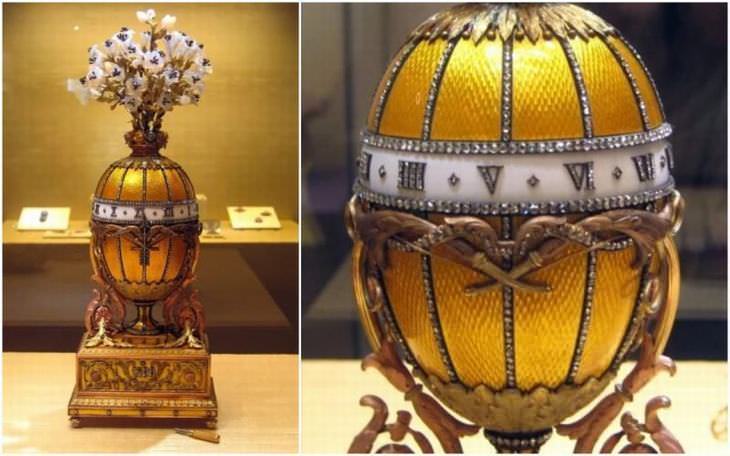
Easter of 1885 marked a day of great significance for the Russian royal family because it marked the 20th anniversary of Tsar Alexander III and Tsarina Maria Feodorovna's engagement. As this was a special occasion it needed to be marked in a special way. So, Tsar Alexander III placed an order for an egg from Fabergé as an Easter present to his wife.
At a glance, the gift seemed to simply be a decorative piece, though it had a hidden surprise. Inside, there was a golden yolk, and in the yolk, a plump golden hen. Inside the hen, a diamond-set crown, and a tiny ruby pendant.
As one would expect, his wife to be Maria Feodorovna loved the gift, so much so that Tsar decided to turn this into a yearly tradition, which was taken quite seriously by the royal family in the following years. The Tsar's successor, Nicholas II, followed the tradition presenting eggs to both his mother, Maria Feodorovna and his wife, Empress Alexandra Feodorovna each year.

Consequently, around 50 Easter eggs were made for the imperial family between 1885 and 1917, only 42 of which have survived. Each of the eggs is unique in its own way, having an original design and containing a different hidden surprise. One such egg is the Bouquet of Lilies Clock Egg, which is also known as the Madonna Lily Egg.
This egg was presented by Tsar Nicholas II to his wife for Easter in 1899 and is among the largest of all Fabergé eggs ever produced. Michael Perkhin worked on this particular egg under the supervision of Peter Carl Fabergé himself. It is clear to see that he was inspired by the design of French Louis XVI-era clocks and what makes his creation unique is that he cleverly used the egg as a face of the clock.
He also made good use of the symbolic language of flowers, combining roses - symbols of romance, love, beauty, and perfection, and white lilies, symbolizing the Virgin Mary's purity and innocence with burning torches that ultimately emphasized the significance of family love.
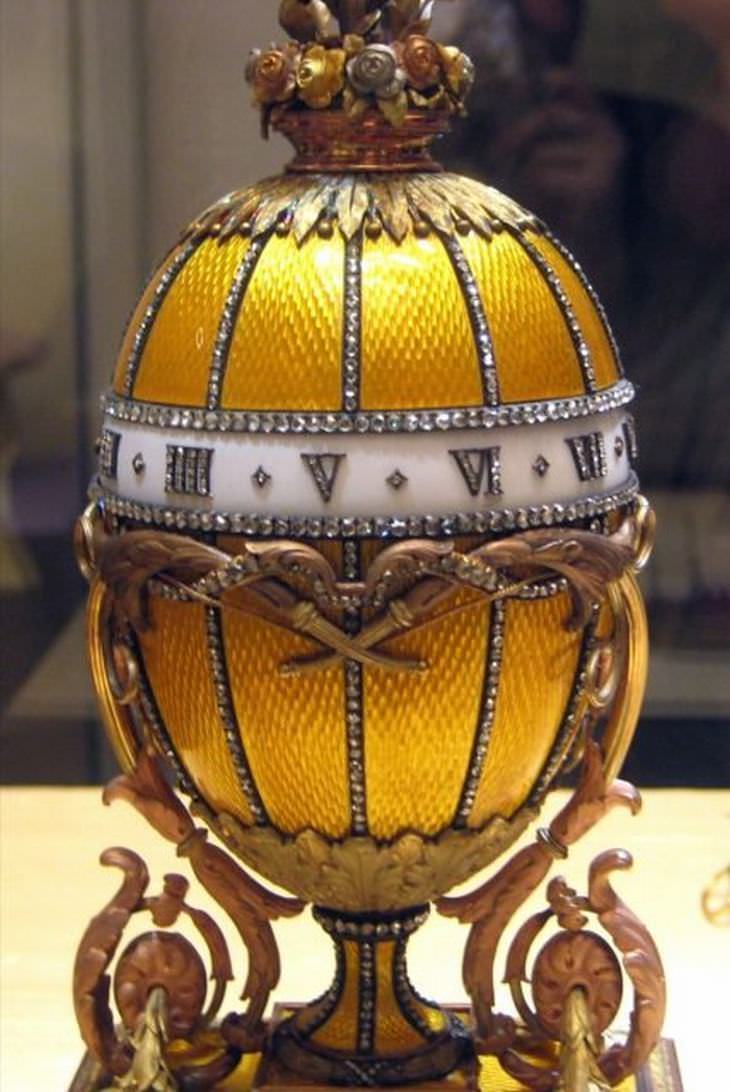
In 1917, two eggs that were planned for gifts during Easter were never delivered because of the Russian Revolution and the royal family being overthrown. Nicholas, Alexander and their children were all killed.
Today, this extraordinary egg, along with nine more Fabergé eggs reside in the Kremlin Armory Museum in Moscow, one of the oldest museums in Russia. Many of the other imperial Easter Eggs can be seen at various museums throughout the country, some are also housed in museums in the United States.
In 2004, nine of these eggs were purchased by oil and gas tycoon Viktor Vekselberg, for around $100 million. And his collection can be seen at the Fabergé Museum located in the Shuvalov Palace in St. Petersburg.
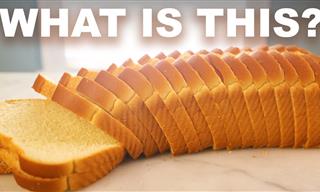 13:29
13:29
What Makes Sandwich Bread so Different than Bakery Bread?
The imminent differences between sandwich bread and bakery bread has an effect on your health.

15 Uses For WINDEX You Didn't Know About!
First invented in the 1930s, Windex is a potent solution that can be used for so much more than what it was originally intended for, as this list proves.
 12:10
12:10
How Did We Invent the Dollar? Learn Its Meandering History
In this video, we will learn a short history of the U.S. Dollar.
 13:42
13:42
When Dangerous Viruses Escaped the Lab...
Many deadly viruses have escaped from laboratories in the past. No, we aren’t talking about COVID.
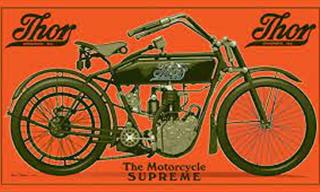
This is The OLDEST American Motorcycle Company
Of these 10 motorcycle manufacturers, only 2 are operating today. Can you guess the two?

These DIY Toys Couldn't Be Easier to Make!
Whether you're looking for a new hobby or a way to save yourself a fortune on kids' toys and activities, this video box has certainly got you covered!
 10:30
10:30
Cities of Yesteryear: See the 1890s Come Alive!
It's incredible to have this look into yesteryear, and this compilation have some truly terrific sights to show you!

What a Mesmerizingly Beautiful Blooming Flowers Timelapse!
It took one photographer 9 months to record the images for this mesmerizing timelapse film. Watch flowers bloom like never before.
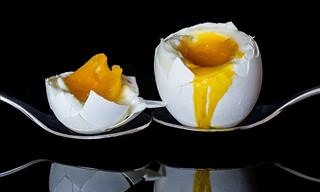
What Does the Color of an Egg Yolk Mean? Find Out Here!
Ever wondered what the color of an egg yolk says about the quality of the egg? If so, then wonder no more...

Rare Celebrity Pics from the '90s You Haven't Seen Before
These celebrity photos from the 1990s will make you nostalgic.

How Are Men and Women Different? A Few Good Examples
In this series of funny but true pictures, we get a quick tour of some of the major differences between men and women...
 18:09
18:09
This is How You Can Tame Your Wandering Brain
External and internal distractions diminish our attention’s power, but some simple techniques can boost it. Find out more with this informative TED-Ed video.
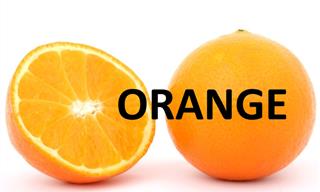
These Common Words Began as Mistakes - Unbelievable!
Some spelling and grammar mistakes change a student’s grade for the worse, others transform the language forever.
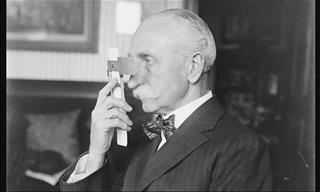
8 Weird and Wacky Failed Inventions from the Past
Here is a look at some weird and wacky inventions from the past that never quite took off despite their innovativeness.
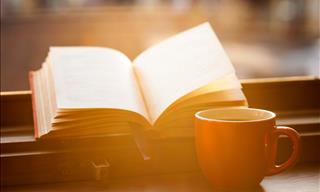
13 Books That Will Make Your Time Fly
These times of social distancing are perfect for catching up on your reading. Check out this list of 13 must reads to get started.

115 Incredible Facts You Never Knew About Cats!
Cats are the most popular animal on the internet by far, so we made this extensive list of cat facts that will turn you into a feline expert!

Love is Beautifully Captured in These Historic Photos...
While much has changed over the last century, there is one thing that has always remained the same, and that is love. Take a look at this photo collection.
 11:03
11:03
100 Years of Change: How Old London Compares With the New
The earliest recorded video of London was more than a century ago. Compare it to London today!
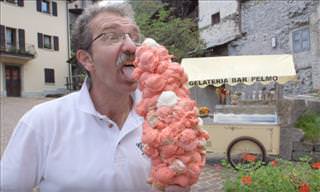
Video Box: The Most Amazing Guinness Records!
Don't miss these 16 world record-breaking feats, performed by both humans and animals alike!
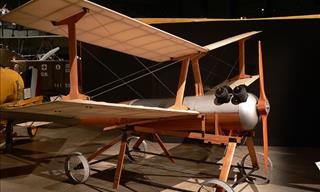
10 World War I Inventions We Still Use Every Day
From trench coats, to pilates and blood banks, all of these 10 things we think of as very modern were actually conceived during WWI.

The 10 Most Powerful Regrets People Have at the End
What are the 10 biggest regrets people have at the end of their days? Find out the truth...

I Just Wanted to Remind You: You're the BEST!
Do you know someone who ought to be given some appreciation? Make their day today by congratulating them with a sweet compliment!
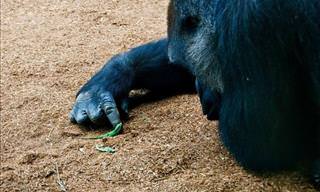
These 24 Fascinating Photographs Will Surprise & Amaze You
Here are 24 of the most amazing and surprising photographs ever seen on the internet!
 15:14
15:14
Ancient Technologies That Remain a Complete Mystery
Scientists may have solved the mystery of Egyptian pyramids, but there are still so many findings that are left completely unexplained
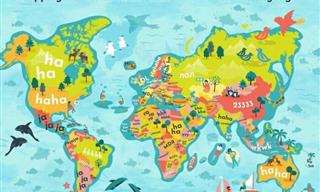
You Won’t Find Maps Like These in Geography Textbooks!
Explore this collection of 20 new and updated maps on a variety of fascinating subjects!
 2:50
2:50
98-Year-Old Gives a Brilliant Live Piano Performance!
American Singer Josh Turner's very talented grandmother-in-law gets a standing ovation for playing "How Great Thou Art" on the Piano.

SPECIAL: Just Wanted to Say, Have a Great Day!!!
Help someone have a great day today, by sending them one of our wonderful greeting cards.
 58:01
58:01
Full Documentary: Genghis Khan's Legendary Mongol Empire
Learn all about his incredible conquests of the legendary Genghis Khan this cinematic full-length documentary.

Marilyn Monroe's 15 Unforgettable Quotes That Resonate
These Marilyn Monroe quotes will change what you think of her.

How Many of These Extraordinary History Facts Do You Know?
We bet that you didn't learn these history facts at school.

Mark Twain Really Had a Way With Words
These great quotes from Mark Twain are all-time classics, and worth remembering.
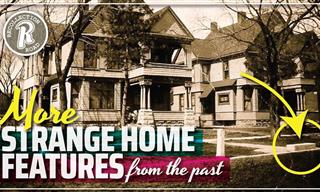 8:13
8:13
You'd Never See THIS in a Modern Home
In this video, we'll visit some old homes and learn about their obsolete features.

20 Mind-Boggling Food Facts to Nourish the Mind
Here are 20 mind-boggling factoids about the foods we eat every day.
 4:41
4:41
From Ages 7 to 93 these People Share Tips on Ageing Gracefully
Watch people of all ages offer words of wisdom to their younger counterparts.
 4:02
4:02
The Battle of Midway: Exploring a Decisive WWII Victory
In this clip from the history channel, we dive deep into the great naval fight - the Midway Battle.
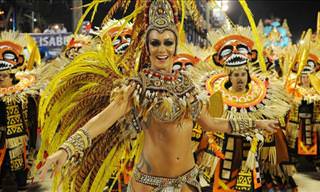
Each Of These 35 Places Represents a Worldly High or Low
When it comes to records, these countries and cities stand at the top (and bottom) of the tree.

These 11 Alcoholic Drinks Have a Fascinating History!
In this article, we’ll tell you about the truly fascinating origins of 11 time-honored cocktails!
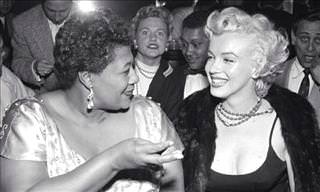
These Wonderful Shots Are From Many Special Times Gone By
Nostalgia can be a beautiful thing, and these beautiful black and white images reinforce that notion. Jump back into the past with these shots.

The Mysterious City of Caesars and 4 Other Mythical Places
These fascinating, but lesser-known mythical cities have captivated the imaginations of people for centuries, learn about them yourself

5 Assassinations of World Leaders that Shook the World
Read through these five infamous assassinations of world leader shook the world.
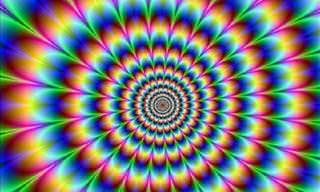
You'll Never Guess How These Optical Illusions Work
Here are three incredible optical illusion videos that have taken the internet by storm. Can you solve the mysteries that you're about to see?
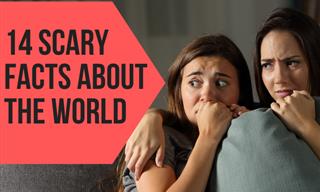
14 Creepy Facts That Will Send Shivers Down Your Spine
These 14 surprising facts about the world may definitely send shivers down your spine, but they are still important to know and recognize!

Send An Affectionate Kiss to Someone You Love Today
To someone you love, a kiss can say a whole lot, and that's why we've put this adorable collection together for you. Share your affection with them today.
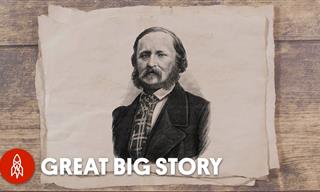 2:58
2:58
Meet the Genius Who Recorded Humanity's First Sound
Do you know who Édouard-Léon Scott de Martinville is? You should!

8 Essential Greek Philosophy Books You Shouldn't Miss
Here is your best chance for understanding Greek philosophy and its history.
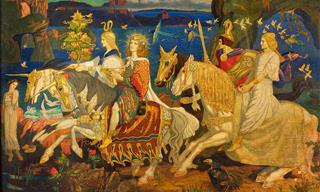
10 of the Fiercest Ancient Celtic Gods and Goddesses
Here we look at the most influential ancient gods and goddesses from the ancient Celtic pantheon.
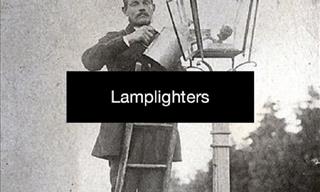
11 Relatively Unknown Peculiar Jobs That No Longer Exist
Here is a collection of lesser-known jobs that are now obsolete. Some of them may sound unusual or even funny; even though they are real.


